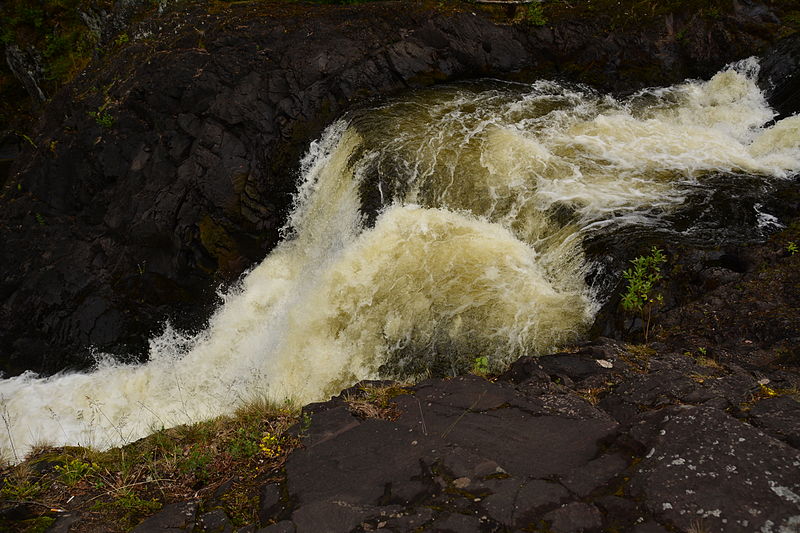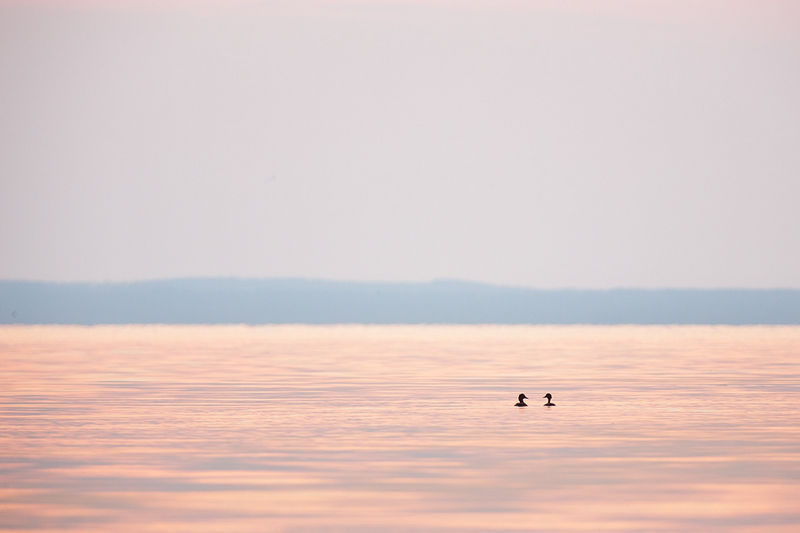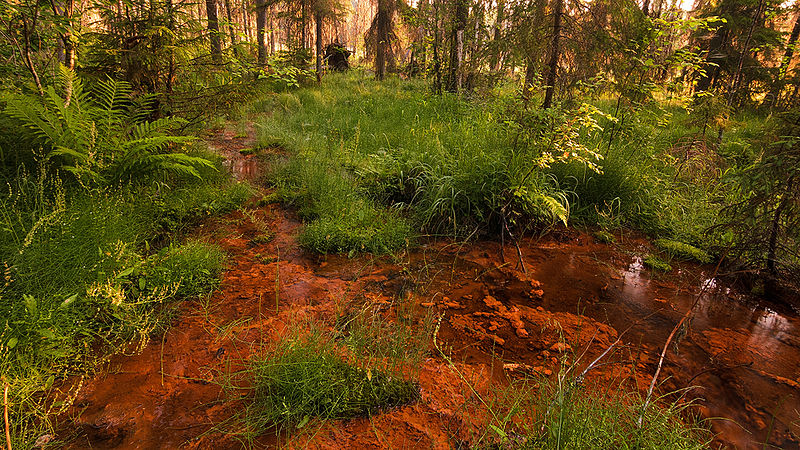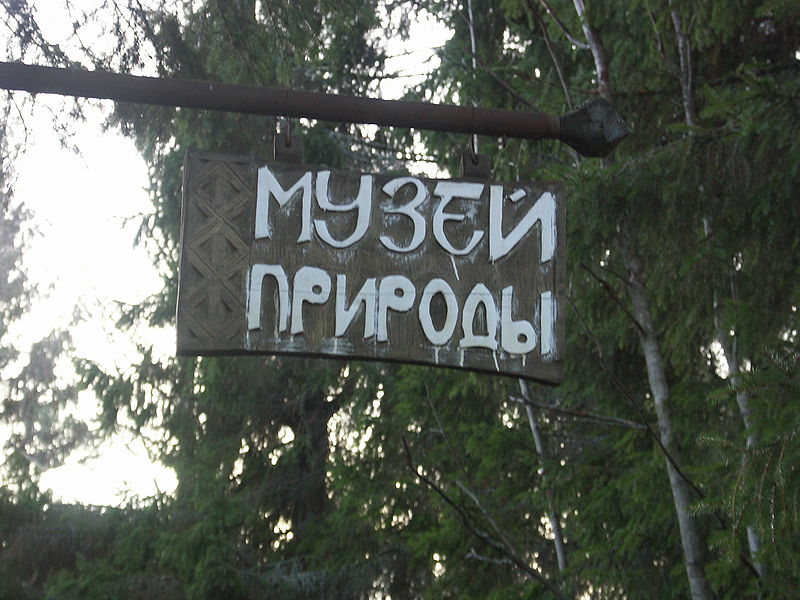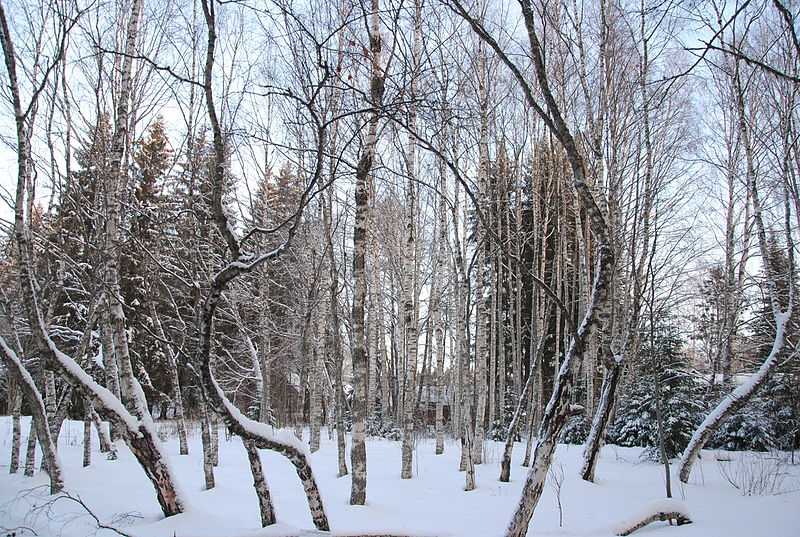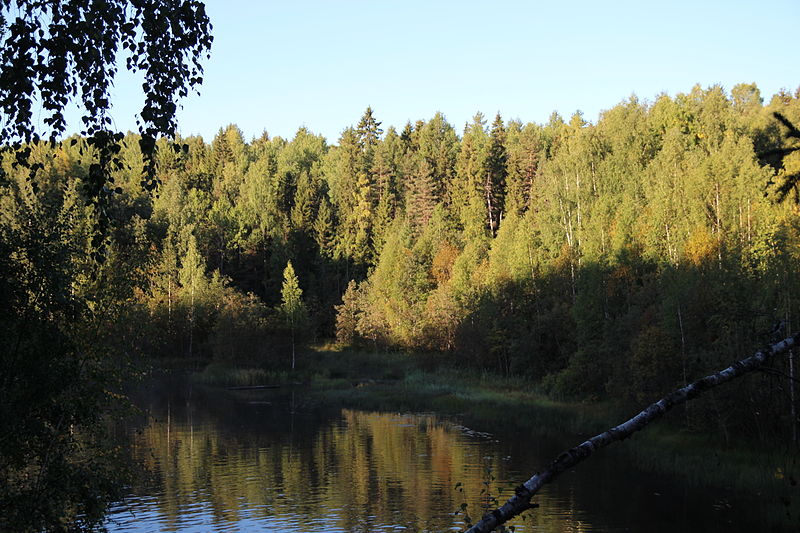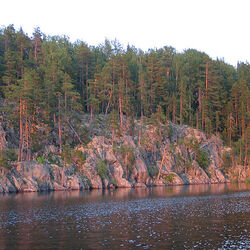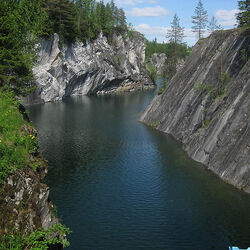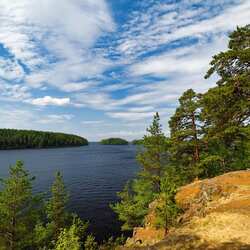Kivach
Kivach State Nature Reserve is one of the oldest nature reserves in Russia, established in 1931 on an area of 109 km2. The famous Kivach waterfall of the same name became the basis for the reserve.
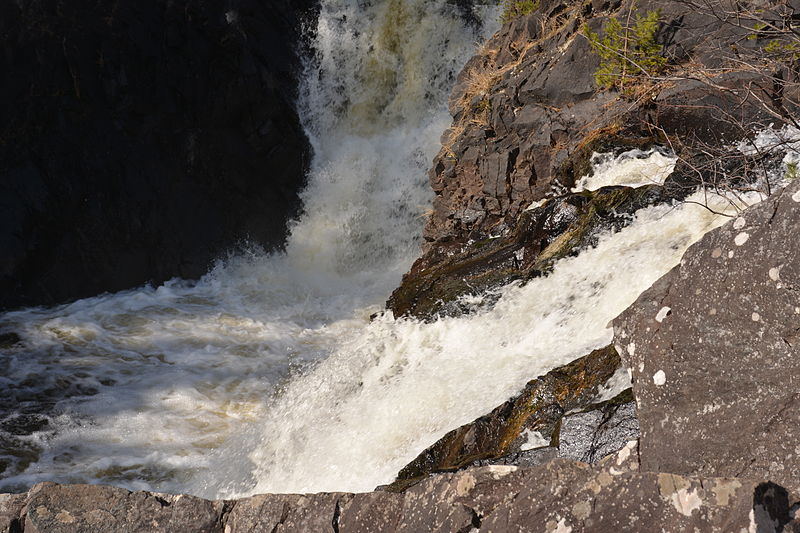
There are several versions of the name of the waterfall. According to one of them, the name originated from the Finnish word "kiivas", which means powerful, according to the other "kiwas" from Karelian translates as snow mountain. For centuries, the area has attracted vacationers and not only them. During the war with Sweden, ships were needed, and century-old pine trees were used to build them, as well as wood needed to melt metal. Since then, numerous coal pits have been preserved in the forests.
More than 85% of the reserve's territory is covered with forest, many trees are more than a hundred years old, and in some areas they are almost 500 years old. There are 13 lakes and more than 50 small swamps in the Kivach Nature Reserve. Any activity is prohibited here without the permission of the reserve administration, and a fine will have to be paid for any damage to nature. Picking berries and mushrooms is allowed only in the buffer zone, hunting is prohibited. Animals and plants are being resettled from the reserve in order to restore their populations in neighboring areas.
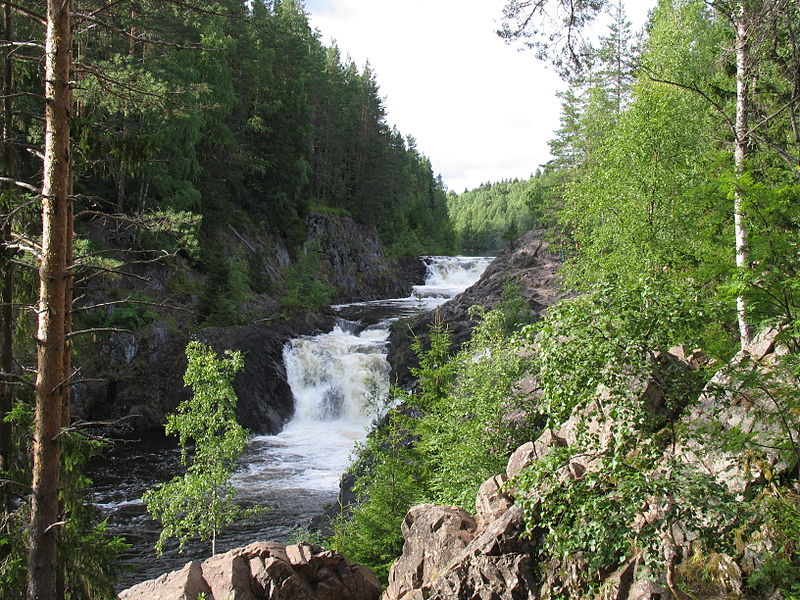
Kivach Waterfall
The waterfall is located on the Suna River and is the main and most famous attraction of the reserve and the whole of Karelia. A nature museum has been built next to the waterfall, and there is also an arboretum. Kivach Waterfall cascades over a 170-meter section. The total height of the drop is 10.7 meters, and the main ledge is 8 meters. In terms of its height, it is the fourth among the lowland waterfalls in Europe. According to one of the legends, the sisters of the Shuya River and the Song River were quietly flowing side by side, but she got tired and lay down to rest. When she woke up, she did not see Shuya and rushed in search of her, breaking through mountains and forming the Kivach waterfall.
Nowadays, the waterfall's power has weakened significantly. In 1837, a branch was dug for the rafting of logs, as the waterfall significantly damaged them during rafting. The Girvasa dam also significantly influenced the waterfall's power. Although there is much less water flowing, it still has not lost its splendor.
